What Are Whole Numbers?
Whole numbers are the set of numbers that includes all natural numbers along with 0. For example, 10, 18, 200, etc.
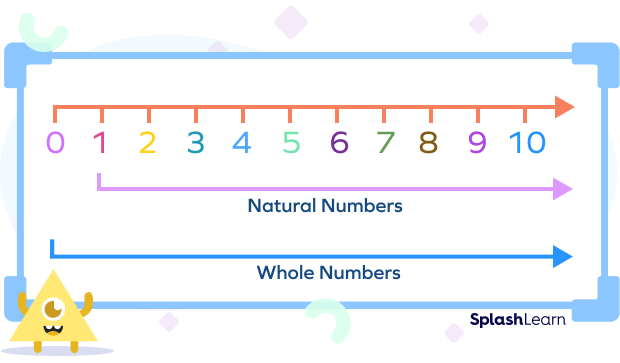
Recommended Games
What Is a Fraction?
Fractions are often referred to as a number between numbers. Fractions are numerical values that represent a part or a portion of a whole. For example, look at the pizza below.

This pizza has been cut into 4 equal parts. So each piece of the pizza represents 1 out of 4 equal parts. So, mathematically, we can represent each piece as $\frac{1}{4}$. This number is called a fraction.
In general, when a whole is divided into equal parts, each part represents a fraction of the whole and we write fractions as $\frac{a}{b}$, where a and b are real numbers and b cannot be zero.
The number below the bar, which represents the total number of equal parts that the whole is divided into, is called the denominator. And the number on the top, which represents the number of equal parts we are considering, is called the numerator.
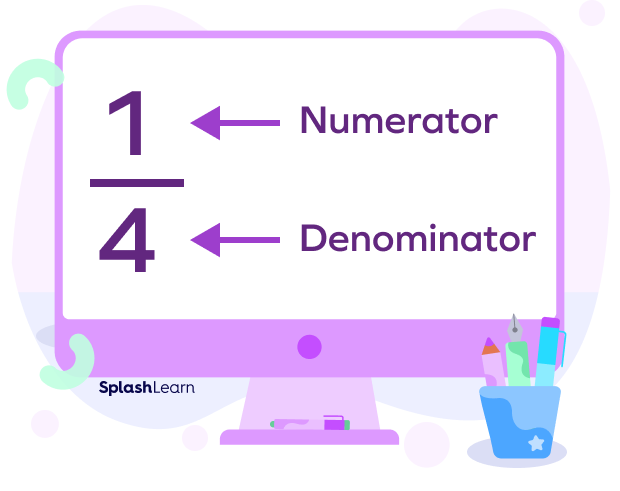
Recommended Worksheets
Multiplying Fractions with Whole Numbers
Multiplying two numbers is the same as repeated addition. For example,
2 times 4 or $2 \times 4$ is the same as adding the number “4” 2 times.
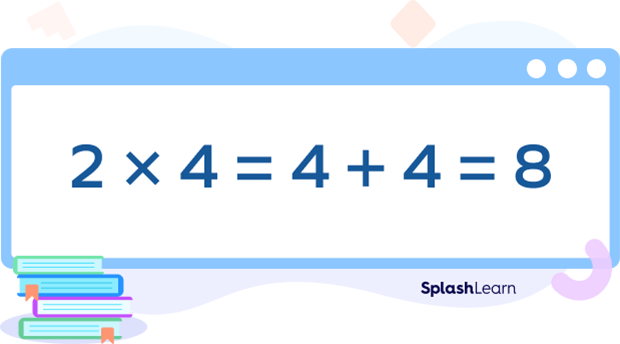
So, multiplying fractions with whole numbers is the same as repeated addition, where we add the fraction the same number of times as the whole number.
For example: Let’s try multiplying 3 and $\frac{1}{4}$.
3 times $\frac{1}{4}$ means adding the fraction $\frac{1}{4}3$ times.
Algebraically this means,
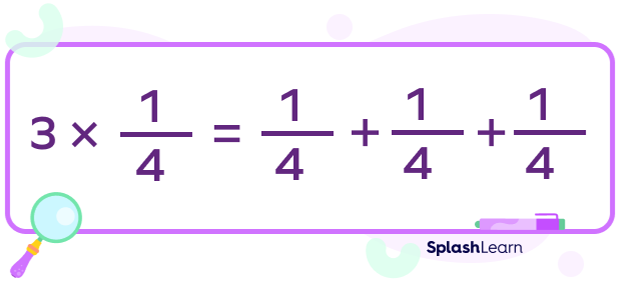
We can solve this expression visually,

And our answer will be:
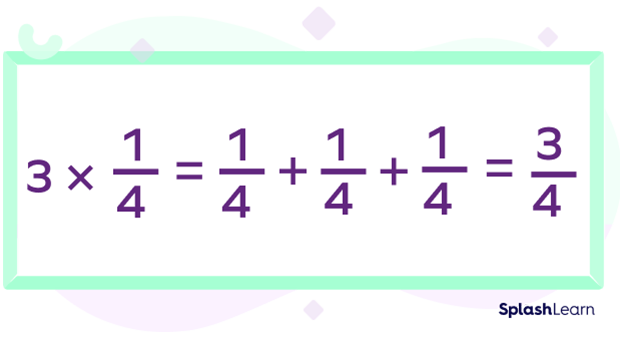
But now, let’s see how we can generalize this without having to make a model every time we want to multiply a whole number and a fraction.
Multiplying Fractions with Whole Numbers
Let’s do this with the help of an example,
Let’s multiply 5 and $\frac{3}{4}$.
Step 1: Convert 5 into its fraction form by applying 1 in the denominator.
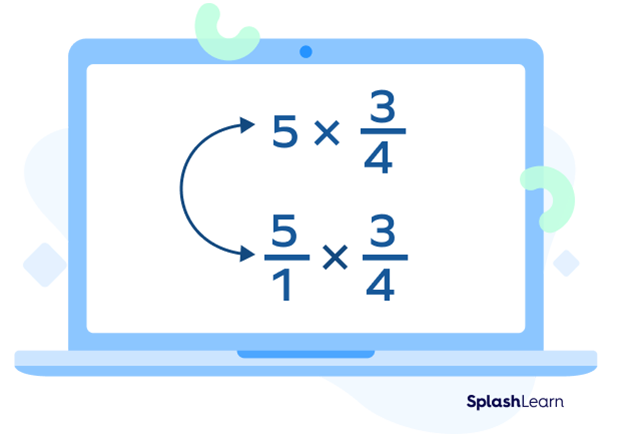
Step 2: Multiply the numerator with the numerator and the denominator with the denominator.
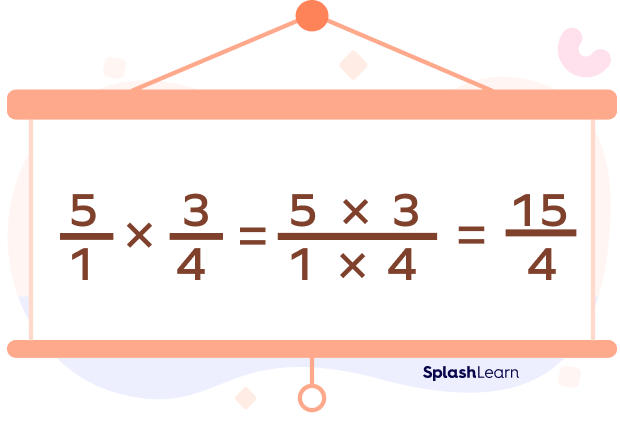
And voila, we have our answer.
As an additional step, if you get an improper fraction you can convert this into a mixed number.
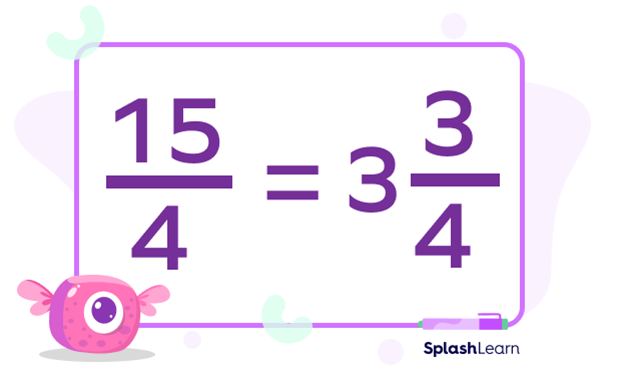
Multiplying Mixed Fractions with Whole Numbers
Multiplying mixed numbers and whole numbers follows the same procedure, only with an extra step.
Let’s do this with the help of an example.
How do we multiply 3 and $2\frac{1}{5}$?
Step 1: Convert the mixed number into an improper fraction.
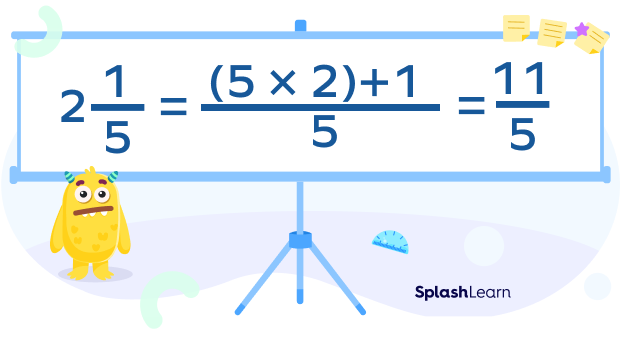
Step 2: Convert 3 into its fraction form by applying 1 in the denominator.
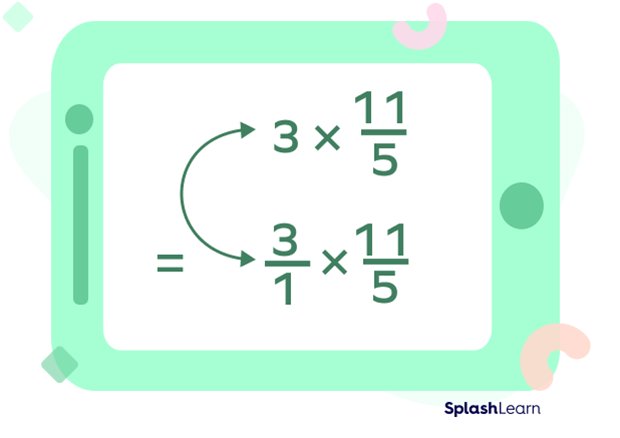
Step 2: Multiply the numerator with the numerator and the denominator with the denominator.
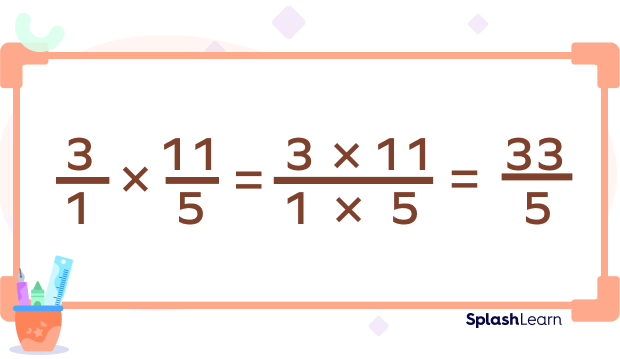
And after converting this into an improper fraction,
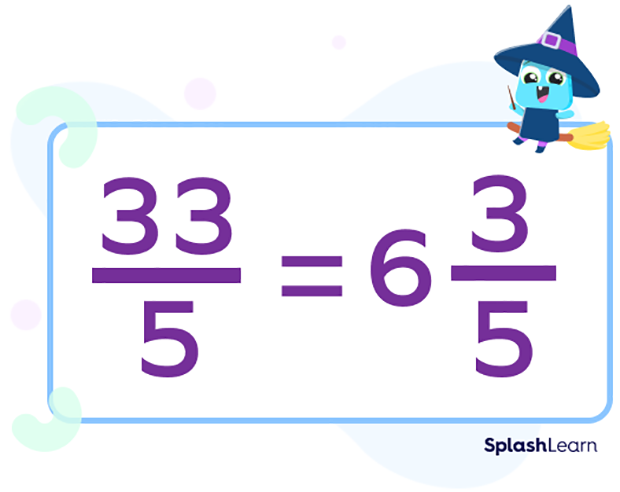
We have our answer:
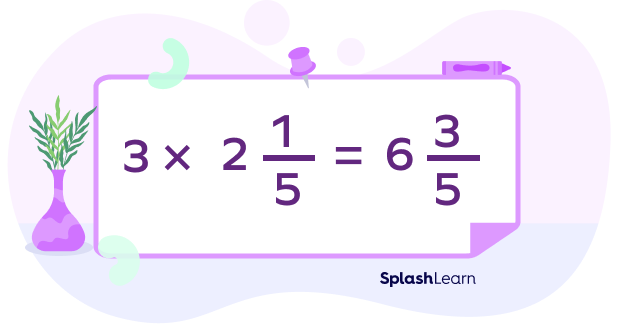
Solved Examples
Example 1: Catherine is making a cake, for which she needs to use three-fourths of a cup of butter. If she decides to make three cakes, what would be the amount of butter required?
Solution:
Number of cakes $= 3$
Butter required for 1 cake $= \frac{3}{4}$ cups
Total amount of butter required $= 3 \times {3}{4} = \frac{9}{4} = 2\frac{1}{4}$ cups
Example 2: Find the product of the whole number 10 and the mixed fraction 523. Solution: $10\times 5\frac{2}{3} = 10 \times \frac{17}{3} = \frac{170}{3} = 56\frac{2}{3}$
Practice Problems
Multiplying Fraction With Whole Numbers
In a party, each person drink $\frac{3}{5}$$l$ of the juice. If you invite 15 people to your party, how much juice will you need?
Quantity of juice required $= 15 \times \frac{3}{5} = \frac{45}{5} = $$9$$l$
Clove cycles $\frac{1}{4}$ miles every day. How much will she cycle in 10 days?
Distance traveled in 10 days $= 10 \times$ distance traveled in one day
$= 10 \times \frac{1}{4} = \frac{10}{4} = 2\frac{2}{4}$ miles
Jane purchased 20 apples at the store, out of which $\frac{1}{5}$ of the apples were rotten. How many apples were rotten?
Total numbers of apples $= 20$
Fraction of apples rotten $= \frac{1}{5}$
Number of apples rotten $= 20 \times \frac{1}{5} = \frac{20}{5} = 4 apples
Frequently Asked Questions
How do we multiply a fraction by a whole number using a number line?
We first mark the fraction on the number line and then, in order to multiply it with a whole number, we add on the same fraction as many times as the multiplication requires it.
What is the product of multiplying a whole number and a mixed fraction?
The product of multiplying a whole number and a mixed fraction can be a mixed fraction, improper fraction, proper fraction or a whole number.
Which whole number gives the same product as the original fraction?
The number “1”, when multiplied by any fraction, gives the same fraction as the answer. For example, $1 \times \frac{3}{5} = \frac{3}{5}$.




































